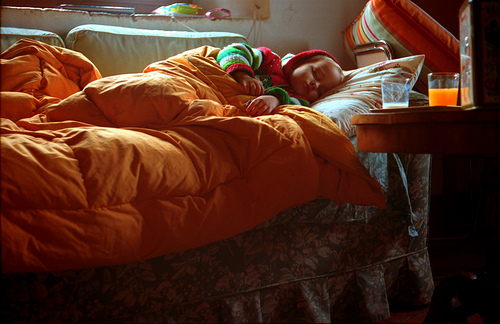
Difference Between Common Cold And Flu
The common cold is a milder upper respiratory tract infection than flu is. Flu is more serious than a cold and it can make you quite sick for a few days. Normally, a common cold will only be an inconvenience. A cold usually starts as a sore throat. It gives way to runny nose, blocked nose, and a feeling of fullness in the nose, forehead and cheeks. It is rare for an adult to get fever with a common cold. Children can get fever with a cold. The common cold lasts about a week. After a few days phlegm becomes thicker and darker before resolving. Flu comes on faster and makes you feel worse than a cold does. It also may start as sore throat, headache, and feelings of ill health, body aches and fever. Vomiting, abdominal pain and diarrhea can also accompany flu.
- Important notification about information and brand names used in this slideshow!
- Photo courtesy of Matteo Bagnoli by Flickr : www.flickr.com/photos/matteo_bagnoli/6765309527/
- Clinical medicine by Kumar and Clark
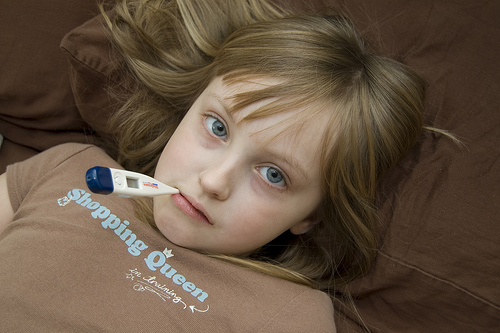
Reducing Fever In Children
Keeping the body temperature down is very important, especially in children below the age of 5 years. This is because young children can get fits with high fever. These fits are called febrile convulsions. They occur in children between 5 months and 5 years of age. Getting febrile fits does not suggest a neurological disorder. Sponging the child with cold water, using a fan, applying a cold piece of cloth on the child’s forehead and giving fever controlling drugs are steps that prevent febrile convulsions. It is not good to give non-steroid anti-inflammatory drugs to children with fever. NSAIDs do have a fever reducing effect, but they can cause Reye syndrome in children. Acetaminophen (paracetamol) is safe in children.
- Important notification about information and brand names used in this slideshow!
- Photo courtesy of adamj1555 by Flickr : www.flickr.com/photos/ajx3/2249264624/
- Oxford handbook of pediatrics

Prevent Dehydration
Children have a different body water distribution than adults. They have proportionately larger water content outside cells compared to adults. Dehydration causes a loss of water located outside the cells (extra cellular fluid). Children therefore get dehydrated quickly. According to the amount of water lost, the child can be mildly, moderately or severely dehydrated. It is vital to know how to recognize dehydration. Thirst, dry mouth, dry eyes, no tears or saliva, sunken eyes, low urine output, a rapid heart rate and rapid breathing are common symptoms of dehydration. Good fluid intake should be maintained. If you are breastfeeding, continue. Adequate fluid intake is essential to prevent serious consequences of dehydration.
- Important notification about information and brand names used in this slideshow!
- Photo courtesy of Sharron by Flickr : www.flickr.com/photos/lownote/3447247442/
- Oxford handbook of pediatrics
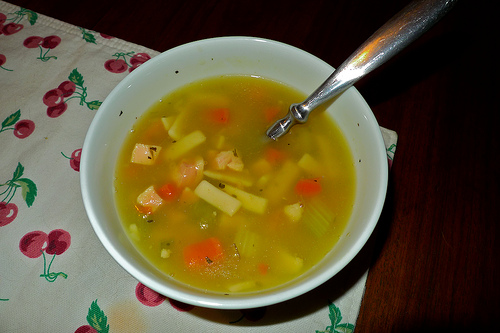
Can Chicken Soup Really Help?
Chicken soup is a well-known home remedy for colds and flu. Experts are not sure if and why it works. One theory suggests that the high sodium content in chicken soup produces an effect similar to gargling with salt water. The high sodium concentration draws water out of bacteria drying them out. Chicken soup is very rich in essential nutrients. When a disease-causing organism enters the body, the immune system mounts a resistance. This defense mechanism requires a lot of energy. In established infections there is extensive tissue damage. Repair of damaged tissue and recovery needs additional energy. Therefore it is always good to take extra calories to cope with increased demand.
- Important notification about information and brand names used in this slideshow!
- Photo courtesy of Cliff Hutson by Flickr : www.flickr.com/photos/themarmot/4232014420/
- Clinical nutrition by Alan R Gaby
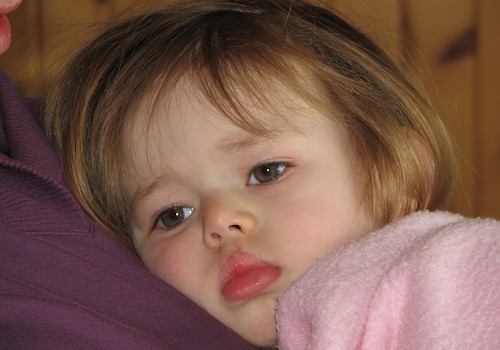
Solution For Stuffy Noses
Decongestants are used to clear up obstructions of nasal passages in the coryza. Viruses and bacteria produce substances that are not compatible with the body. In response to these chemicals, the lining of the nasal passages and throat swell and secrete mucus. This gives the feeling of fullness. Decongestants relieve obstructions and permit drainage of sinuses. This accelerates healing. Infective agents spread along the tube connecting the throat to the middle ear (Eustachian tube). In adults the Eustachian tube is oblique and drains by gravity. In children it is horizontal and drains more slowly. Therefore, with throat infections children can get middle ear infections as well.
- Important notification about information and brand names used in this slideshow!
- Photo courtesy of Cynthia Page by Flickr : www.flickr.com/photos/laurengrace/2483612270/
- Clinical pharmacology by Bennette and Brown
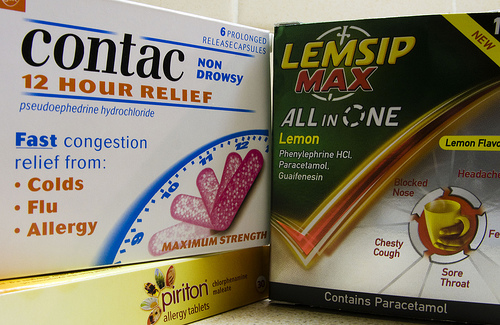
Be Careful With OTC Medicine
Over-the-counter medications don't usually cause any harmful effects. Acetaminophan, cough medication and NSAIDs are available over the counter in some countries. Use of these drugs should be reduced as much as possible. These over-the-counter drugs can cause significant side effects. NSAIDs increase the risk of gastritis. Dextromethorphan may cause dependence. You cannot eliminate the chance of an allergic reaction. Most allergic reactions are mild and resolve after a short while with anti-histamines and oral steroids. But some individuals can get life threatening allergic reactions like anaphylaxis. Anaphylaxis needs immediate hospitalization and treatment. A delay can cost lives.
- Important notification about information and brand names used in this slideshow!
- Photo courtesy of David Davies by Flickr : www.flickr.com/photos/davies/3290803751/
- Clinical pharmacology by Bennette and Brown
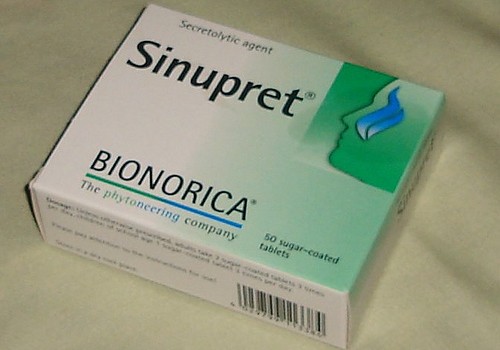
Remedies For Sore Throat And Cough
Gargling with salt water dries out bacteria infecting the throat. Common ingredients of cough drops are benzocaine, eucalyptus oil, dextromethorphan, menthol, honey, pectin, propylene glycol, methyl cellulose and zinc gluconate glycine. Zinc gluconate glycine, pectin, methyl cellulose and propylene glycol form a thin protective mucus layer over the walls of the throat relieving minor pain, inflammation and irritation. They also contain eucalyptus oil which has an anti-bacterial action. Benzocaine in some lozenges numbs up the throat to relive irritation. Dextromethorphan is a commonly used cough suppressant. Adequate water intake produces enough saliva to wash off bacteria. Herbal tea contains demulcent agents.
- Important notification about information and brand names used in this slideshow!
- Photo courtesy of Jonathan Lin by Flickr : www.flickr.com/photos/jonolist/106291451/
- clinical pharmacology by Bennette and Brown
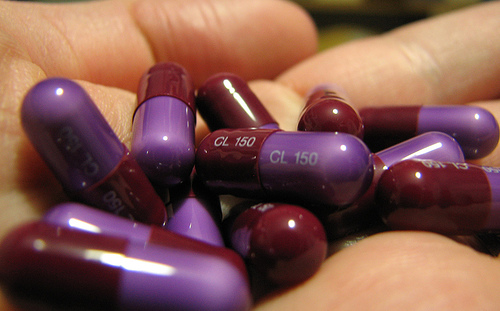
Don't Give Antibiotics If Your Child Has Flu
Flu is almost always viral. Viral infections cannot be treated with antibiotics. Flu blocks the sinuses and stagnates mucus. Mucus is a rich medium for bacteria to grow. Therefore, secondary infections are common with flu. If there is a secondary bacterial infection on top of the flu, antibiotics may help. The decision should be made by your pediatrician. There is another reason to avoid antibiotics. Irrational use of antibiotics increases resistance. When antibiotics are used indiscriminately, many bacteria die. But ones who are resistant to that particular antibiotic will thrive. When the vulnerable population of bacteria dies off, the resistant super bugs remain.
- Important notification about information and brand names used in this slideshow!
- Photo courtesy of lamentables by Flickr : www.flickr.com/photos/lamentables/308945428/
- Clinical pharmacology by Bennette and Brown

When Should You Call Your Pediatrician?
A common cold itself is hardly an excuse to visit your pediatrician. But new mothers are bound to do so. If your child has a common cold complicated by a sinusitis, fever or dehydration it would be better to get medical advice. For flu, immediate medical advice is advisable because it can lead to secondary bacterial infections like pneumonia and severe dehydration. There is a lot you can do to support recovery. Keeping the fever down to prevent febrile convulsions, maintaining adequate fluid intake to prevent dehydration, maintaining adequate dietary intake to support immune response and recovery, and regular administration of medication accelerate recovery.
- Important notification about information and brand names used in this slideshow!
- Photo courtesy of Rosie O'Beirne by Flickr : www.flickr.com/photos/rosieobeirne/4090200924/
- Oxford handbook of pediatrics

Preventing Colds And Flu
Preventing is better than curing, and preventing complications is secondary prevention. Common colds and flu are so common that everybody will have had at least one episode during their lives. Common colds and flu are viral diseases. The patient is usually contagious even before he gets the symptoms. Therefore, cold and flu are very difficult to prevent. Maintaining a healthy diet and exercise boosts the metabolism and the immune system. The chance of an infection is less in healthy individuals. Seeking medical advice as soon as possible prevents complications of the disease. Using a handkerchief while sneezing or coughing, proper hand washing, and not sharing inhalers limit the risk of transmission from an infected individual.
- Important notification about information and brand names used in this slideshow!
- Photo courtesy of woodleywonderworks by Flickr : www.flickr.com/photos/wwworks/2407214681/
- Oxford handbook of pediatrics


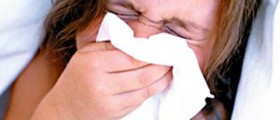
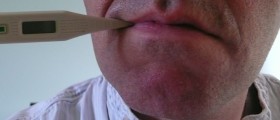


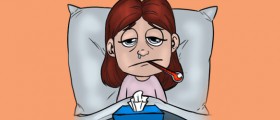



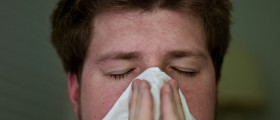


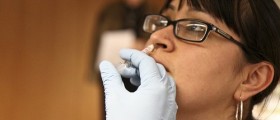

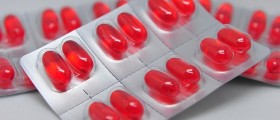
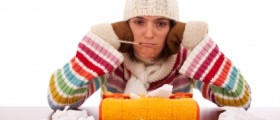

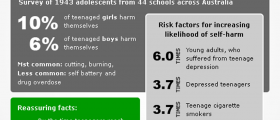
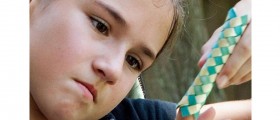
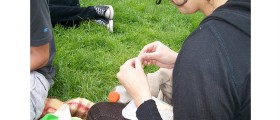


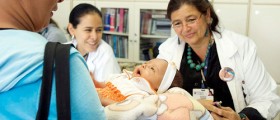



Your thoughts on this
Loading...